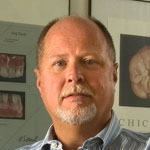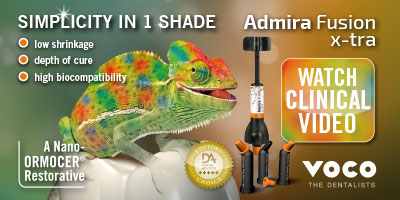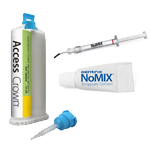
Share this webinar
|
In today’s production competitive market, microwave curing is fast becoming a technique to reduce curing times without sacrifice in quality. Because the monetary entry is low cost, laboratories are finding microwave curing to be an efficient way to process cases which are typically prone to disrupt production schedules.
Dental polymers use heat and chemistry to cure (polymerize). Conventional means of heat delivery to the resin has been by hot water or hot air which must pass through a brass flask, and dental gypsum used in the investing and model construction to reach the acrylic and initiate polymerization.
Microwave curing bypasses the time dependent outside heat source transferal needed in conventional curing methods and begins the process directly in the acrylic, immediately, at the molecular level. Curing by this method can be accomplished in 3 minutes using an inexpensive conventional microwave oven, Naturecryl MC, and a fiber reinforced flask.
Upon completion of this CE Activity, the student will be able to: Explain the mechanism of cure and cite research which substantiates the technique; be familiar with product recommendations for sources in equipment and materials; identify techniques which will provide the understanding and methods to achieve consistent results;understand applications which can immediately be implemented.
(
disclaimer, bio and commercial disclosure
)
|






















